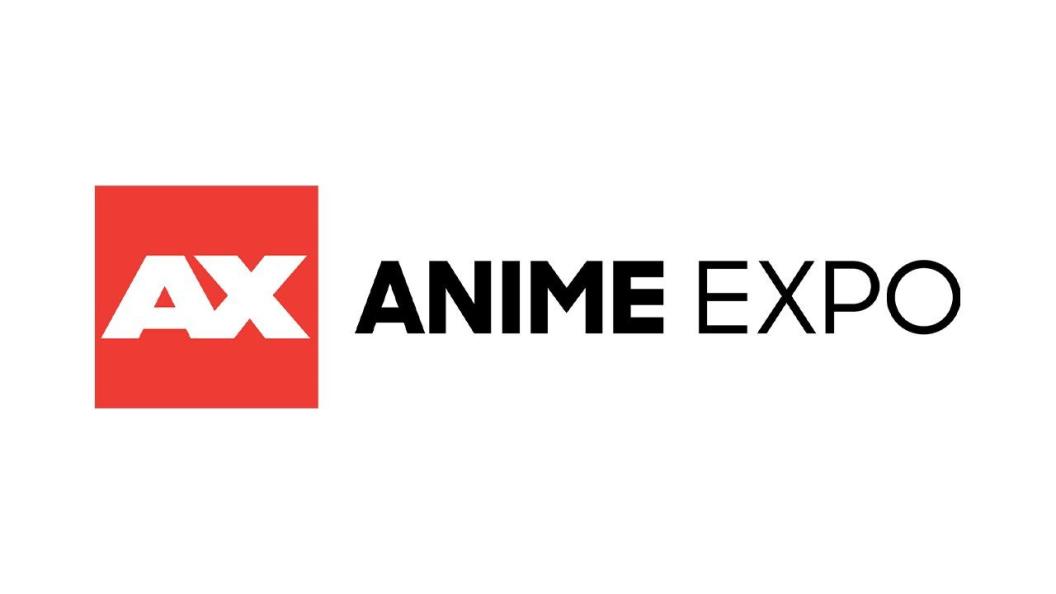
2025’s Anime Expo was my first Anime Expo in several years. I was excited to walk around the convention halls, mingle with other anime fans, and make some spontaneous purchases I would end up regretting. One of my favorite things to find and purchase was the Blu-rays that anime licensors would sell at their booths. However, this year’s anime conventions were pretty light on physical media from the big companies. While some high-quality Blu-ray collections were sold at certain booths, including the Collector’s Edition of Dandadan Season 1, the booths were light on physical discs that fans could own and add to their collections. Gone were the big Funimation and Sentai Filmworks booths, which featured stacks of Blu-rays that fans could pick up and purchase at a discount.
Figurines and other memorabilia were still readily available at the convention. You can still support your favorite shows and purchase certain merchandise to show off your nerd pride. Although figures and other merchandise remained a vital cornerstone to anime marketing, streaming has become a much more overt focal point in the medium. Netflix has confirmed at this year’s convention that over half of its user base watches anime on its service, prompting the company to emphasize the medium than it ever has before. Hulu has followed suit, and now Crunchyroll has reached a size to compete with the bigger streamers through its anime offerings alone. Anime Expo isn’t just about the anime itself; it’s about which streamer has the most popular anime.
Companies Want You to Watch Anime on Streaming and Not Own It

The anime business has always been a competition among companies to release the next big thing. That has always been part of the industry since Toonami rose to prominence in the 90s, but now it’s the streamers who are taking charge. We are now living in an era where multiple generations have watched, and are currently watching, anime at some point in time. It’s no longer a niche hobby; it is mainstream. The streaming data proves it, highlighted by the Netflix report. Data and other information also predict that anime will continue to grow, with 2025 potentially becoming the biggest year for anime yet.
In many ways, the current anime era isn’t any different from the previous. It’s simply now that companies like Funimation are being replaced with big streamers like Netflix and Hulu, with Crunchyroll evolving into another major streaming service. If anything, the added capital from the streamers has given anime marketing a much larger budget. However, that means marketing events like Anime Expo are more concerned with getting people to subscribe to a specific streaming service than supporting their favorite shows.
Companies like Netflix, and Hulu no longer want to sell you physical media for you to own. They want you to sign in to a service that they have complete control over. Even though society, in general, has been moving away from physical media, especially in American culture, Anime Expo has exemplified how low of a priority Blu-Rays have become for streaming companies. Why sell you a disc once when they can charge you every month for a program with the promise of a much bigger library?
Anime Has Never Been Profitable – It’s All About the Merchandising

This piece isn’t intended as a damning expose of the state of the anime industry or streaming companies. The profits from anime alone have always been thin, or are made at a loss. CBR discovered that the most profitable studios generate only a couple of million dollars in revenue after analyzing data collected on a Reddit post about Japan’s Official Gazette, a journal that occasionally assembles and presents financial insights from major companies.
Anime is more commonly used as an advertising tool for other things, specifically merchandise and cross-promotion. For example, Bandai Namco helps produce the Gundam anime franchise to help sell its model kits line. Now, anime is used as a marketing tool to help sell Netflix, Hulu, Disney+, Amazon Prime, and Crunchyroll to you. There is definitely a sense of unease as anime becomes increasingly corporate, with more and more decisions being made based on profitability rather than artistic vision. However, anime has always been secretly corporate. Many classic anime were produced to sell toys and merchandise to children. Whether streamers will make anime worse or better has yet to be seen.
Physical media hasn’t officially left Anime Expo, with companies like GKIDS exclusively selling Blu-rays at their booth. While Aniplex of America continues to overcharge its Blu-rays, the company still has a solid selection of its collector’s edition discs at its booth. Furthermore, the Big West booth at the Entertainment hall was selling exclusive Blu-Ray discs of its iconic Macross Plus film. It was nice, as a lifelong Macross fan, to finally own a physical copy of one of the best Macross properties. As long as fans like me continue to exist, there will always be a place for physical media. Unfortunately, companies are prioritizing streaming over physical media to have more control over consumers. Although I’m nostalgic for an era when Blu-ray discs took up full booths at Anime Expo, it’s too early to tell what this new streaming era will bring.
The post Anime Expo Is No Longer About the Anime, It’s About the Streamers appeared first on ComicBook.com.

